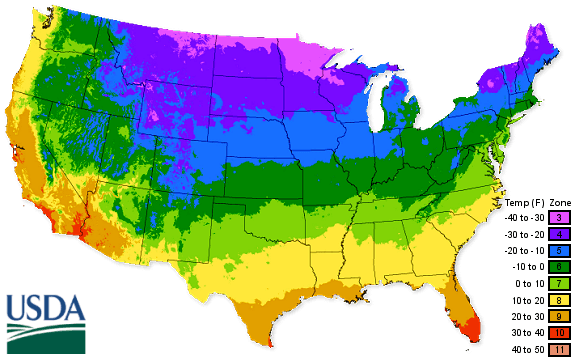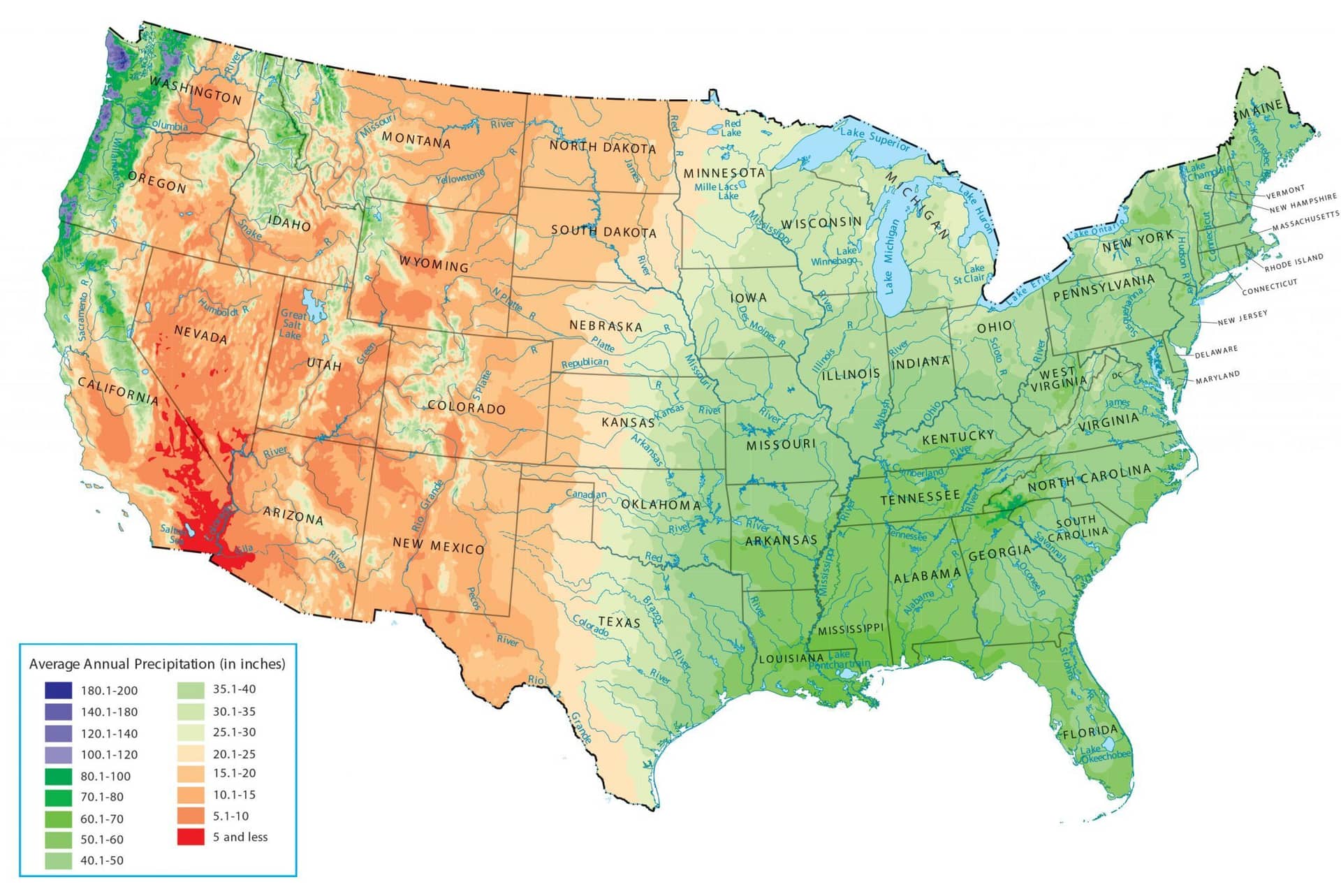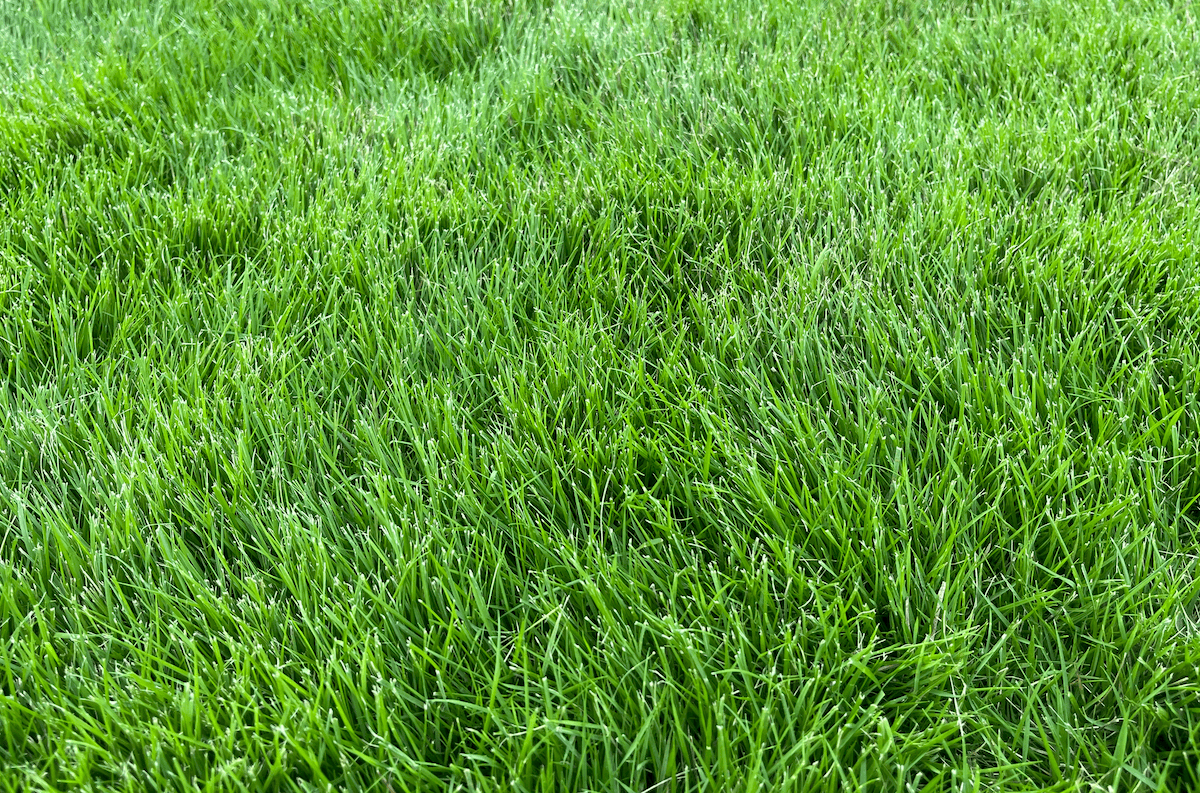In this guide to Zoysia, we'll discuss everything from cost to best mowing height while also looking at the pros and cons. By the end, you'll be perfectly positioned to know whether it's the right sod type for you.
The Main Characteristics of Zoysia
Technically speaking, zoysia grass is actually a warm season grass. However, its tolerance to a wide range of temperatures is why it is classed as a transition grass when looking at turf options for your home or commercial land.
In other words, zoysia sod will thrive in warmer climates. But while other warm season grasses will become dormant in cooler climates, this grass will continue to provide a full and vibrant lawn. This makes it a great choice when living in a location where warm grasses meet the limit of their temperature preferences.
The other key characteristics that buyers need to know about this grass type are;
Zoysia grass takes time to become bedded but is subsequently well-positioned to fight against weeds and other grasses.
The grass features very fine blades and is usually a medium green in color, giving it a lush appearance.
As a creeping grass, it will also grow around the area where you planted the seed. This provides its strength and traffic tolerance (walkability).
It has high levels of drought tolerance and will peak during the hot summer after beginning to grow in the spring.
Zoysia is a perennial grass, which means it will return year after year with minimal maintenance.
The grass features a deep root system and is capable of growing in a wide range of soil types.
Where does it grow best?
Zoysia grass has become an increasingly popular choice with homeowners in warm and transition zones thanks largely to its traffic tolerance and drought tolerance. It is most commonly seen in areas that fall between Zone 5 and Zone 10 of the U.S. Department of Agriculture plant hardiness zones map:

Source: U.S. Department of Agriculture
However, zoysia grass isn’t only used for residential backyards and front lawns. It is commonly used by golf courses for teeing boxes and fairways. This is due to their walkability and ability to remain lush throughout most of the year.
Commercial property owners may also choose zoysia for lawns that may experience heavy foot traffic. It is also one of the most frequently used top-layer soil choices in public parks.
If living in an area where northern or southern grass is likely to reach the limits of its temperature preference, zoysia is a fantastic choice. In fact, its reputation has grown so high that the sod has made its way to the UK too.
The Cost of Zoysia Grass
Before going any further with your potential sod purchase, it’s important to understand the costs. Prices may fluctuate depending on location, demand levels at any given time of year, and the amount of upper-layer soil that’s required. As a rule of thumb, though, Zoysia grass costs $0.55 - $0.95 per square foot.
The table below shows how the price of Zoysia grass compares to other popular grasses:
Grass Name | Sod Type | Price (Per sq ft) |
Bahia | Warm season | $0.25 - $0.60 |
Bermuda | Warm season / Transitional | $0.45 - $0.95 |
Centipede | Warm season | $0.50 - $0.95 |
Paspalum | Warm season | $0.70 - $1.30 |
Kentucky Bluegrass | Transitional / Cool season | $0.35 - $0.70 |
Tall Fescue | Transitional / Cool season | $0.60 - $ 0.80 |
Zoysia | Transitional | $0.55 - $0.95 |
Fine Fescue | Cool season | $0.45 - $0.75 |
Perennial Ryegrass | Cool season | $0.30 - $0.65 |
Cost Estimates
Zoysia grass is slightly more expensive than some upper-layer soils but remains an affordable choice. This is because it's only harvested once per year.
To work out the cost of your lawn, it will be important to use a square footage calculator. However, the following rough estimates should provide a ballpark figure;
10ft x 20ft zoysia lawn = $110 - $190
12ft x 8ft zoysia lawn = $52.80 - $91.20 (median U.S size)
30ft x 20ft zoysia lawn = $330 - $570 (mean U.S size)
60ft x 30ft zoysia lawn = $990 - $1,710
Pros & Cons
Many of the characteristics detailed above provide some insight into the benefits of selecting zoysia grass.
Level Up Your Lawn Skills
Once per week we'll send you an interview from someone who has mastered the art of lawn care.
The following pros and cons will help you make an informed decision.
Pros
Zoysia can stay green even when it goes dormant in the winter months, giving you an almost year-round greenness to the lawn.
Has one of the best drought tolerance levels of any grass. It can last 3-4 weeks without turning yellow. This is because the deep roots ensure the grass has access to water below the surface.
The sod is very durable. Its traffic tolerance makes it suitable for slopes as well as flat areas, especially as it does not erode.
Even with its fine blades, zoysia grass is very soft to touch. This makes it a particularly popular choice when choosing grass for the family backyard where kids play or you may walk barefoot.
The fact that the creeping grass stops weeds and other grasses from taking over also gives it a strong level of disease resistance.
Cons
While it does thrive for most of the year, Zoysia will turn brown and become dormant in the middle of winter.
If you experience a particularly cold winter, Zoysia roots will freeze and die, meaning it won’t grow back the following year. Damage occurs at around 12°F, although the duration of exposure to this temperature will influence the survival rate.
When looking for a dark green lawn, even lots of watering and fertilizing will fail to yield the desired results.
Its shade tolerance is not very good. To grow health, zoysia sod will require 8-9 hours of sunlight daily. This may prevent some homeowners from using it depending on how much sunlight they see.
Zoysia will attract billbugs. While all soil types are vulnerable to pests, billbug damage can be difficult to spot.
Prepping for a Zoysia Lawn
When planning to install a zoysia lawn, you can make life a lot easier by putting the right preparations in place. Getting it right will subsequently save you time, money, and hassle in the long run. More importantly, it gives you the best chance of unlocking the full potential of its appearance and feel.
Firstly, you will need to declutter the yard and remove any existing sod currently on your land. This includes dead grass as well as live species that you want to replace.
A sod removal calculator will help with your budgeting. Alternatively, you could take the DIY approach - although this will require a lot of time for larger yards. When preparing the lawn yourself, you will need to:
Kill all existing vegetation with the use of glyphosate weed killer. Make sure to wear safety clothing and ensure that the chemicals attack the roots.
Test your soil to understand its pH levels and how this could potentially impact the turf you want to lay.
Loosen 3-4” of soil with a garden tiller. This step will help your zoysia turf settle without compaction while also supporting future water retention.
Rake the debris away to prevent air pockets from forming when you install the new lawn. After this, check that the soil is level.
Meanwhile, it’s important to know your design. Aside from playing a central role in calculating the costs, it will help you plan the look of your backyard (or golf course, commercial land, etc.) as a whole.
The right preparations before completing the lawn installation will make a huge difference. For the best results, you should also begin the fertilization process before you install the sod. This will keep your lawn in great condition, providing a strong platform for all future lawn maintenance.
When to Install Zoysia
Zoysia sod’s versatility means that you can complete the installation at any time of year. Nonetheless, the most practical timeframes are between March and October. The process will be easier when the temperature is 80°F or higher while you may wish to delay the procedure if temperatures fall below 25°F.
Sod installations will be influenced by location (click here to see Georgia for example) and a range of other factors. As a guide, though, you can expect:
Sod installation to take around 3 hours per pallet,
Time to root is 5-15 days in summer or 20-30 days in winter,
Zoysia grass seeds are particularly slow to embed, which is why using sod is ideal. The grass will be growing before you’ve even installed it.
Caring for Your Grass
Completing the lawn installation is a crucial step to unlocking the full potential of your backyard. When followed with effective care, you will be set to reap those rewards for many years to come.
The great news is that zoysia grass is a low-maintenance turf. Nonetheless, you should familiarize yourself with the ongoing requirements. When you do, the installation will be a one-time process. Here are some of the key considerations:
Watering
Watering the lawn is viewed as a priority regardless of the grass type. Zoysia’s deep roots and drought tolerance mean that it only needs about 1” of water per week during the colder months. If this doesn’t come naturally from rainfall, an irrigation system can be utilized. By opting for deep but infrequent watering, you will promote drought-tolerant roots.
In the summer months, we suggest that you increase the watering duties to 1.25” weekly. This can be reduced back to 1” from September- or as soon as the temperature starts to fall.

Mowing
Knowing how often to mow the grass is another key step towards healthy zoysia management. The best mowing height is 1-2” throughout the year, staying at the shorter end of that scale when making the first cuts of the year. Reel Mowers are ideal for smaller lawns. You can begin to mow the lawn as soon as it leaves the dormant stage around March.
Keeping the grass at 2” in the summer months will provide shade to the roots while reducing it back to 1-1.5” from September will slow the dormant process.
Seeding & Overseeding
Overseeding with grass seed and mulch between March and May is another fantastic way to keep your zoysia lawn in great health. For the best results, you should do this when the soil temperature is around 65°F. However, zoysia is more flexible in its temperature preference than many other grasses.
Overseeding in the winter can be a great way to help the zoysia grass maintain its color. However, it only works if you have not used weed killers for at least three weeks.
Fertilization
Fertilization should not be limited to the installation process. While Zoysia has low nitrogen requirements, you should re-fertilize once the grass is in full growth mode in late March. You can continue to add a small amount of nitrogen fertilizer throughout the summer months and once again a few weeks before the winter frost is due.
If you’re unsure about how much fertilizer should be added, a soil test can be conducted for further insight. Alternatively, you can call an expert.
Weed Control
Weed control should not be too problematic as zoysia is a creeper grass that will overpower most. The most crucial step, then, is to remove the weeds just prior to the installation. This can be followed by the use of a pre-emergent in both the spring and fall to prevent new weeds from forming. Post-emergent can be used if any weeds still surface.
While weed control isn’t needed in the winter months as weeds will naturally die out. However, raking fallen leaves from nearby trees will keep your lawn healthy.
Additional Steps
Throughout the year, you may decide on further maintenance. This will depend on the circumstances, but common steps include;
Aerating the soil when compacting issues emerge.
Dethatching in the summer months when excess dead material appears.
Use a systemic fungicide at the start of spring and fall for disease resistance.
Use an insect control spray to prevent billbugs and other infestations.
Test the soil for pH levels and nutrient availability.
History & Background
Native to southeast Asia and Australia, zoysia is a genus of creeping grasses that first made its way to the United States in 1895 from the Manchurian Province of China. It is a transition grass that’s adaptable and can grow well in regions with varying temperature ranges.
Zoysia grass can be split into several species but the three main ones are;
Zoysia japonica - from Japan, also known as zenith zoysia.
Zoysia matrella - seen across Southeast Asia, Africa, North America, and South America.
Zoysia tenuifolia - also known as Korean velvet grass.
Some species only grow from sod or grass sprigs but it has become a very popular grass thanks to its strength and versatility. It creates a dense carpet of fine-bladed grass that comes courtesy of stolon (aboveground stems) and rhizomes (underground stems).
FAQs
Q. Is Zoysia Grass the Most Commonly Used in America?
No. Kentucky bluegrass is the most frequently used grass type across the United States, at least for residential gardens. However, zoysia grass is one of the most popular choices and continues to win over new fans each year.
Q. What Happens if I Fail to Control the Lawn?
While maintenance demands are small, it’s important that you implement a winning strategy due to the aggressive and invasive nature of the creeping grass. Without the right care, it will take over the surroundings - including flowerbeds and your neighbor’s yard.
Q. Which Species of Zoysia Grass Keeps Its Green Color?
Of the three main species of zoysia, Zenith is known for maintaining its color the longest. Other varieties like Meyers and Zeon tend to do well throughout the year also, provided that the weather doesn't get too cold.
The Final Word: Buying Zoysia Grass for Your Lawn
If you are in the process of weighing up the pros and cons of different grass types for your lawn, zoysia will stand out as one of the most versatile solutions on the market. Its traffic tolerance, drought resistance, and suitability as a transition grass make it a great choice for a long list of residential and commercial purposes.
With Sod Calculator, you can now price up your proposed project in just a few minutes. Or if you still need help deciding which grass is right for you or how to accurately calculate the costs, get in touch with our friendly experts today!
Zoysia versus other types of sod
- Zoysia vs. Bermuda comparison →
- Zoysia vs. Buffalo comparison →
- Zoysia vs. Tall Fescue comparison →
- Zoysia vs. Kentucky Bluegrass comparison →
- Zoysia vs. Perennial Ryegrass comparison →
- Zoysia vs. St. Augustine comparison →
- Zoysia vs. Centipede comparison →
- Zoysia vs. Fine Fescue comparison →
- Zoysia vs. Bahia comparison →
Level Up Your Lawn Skills
Once per week we'll send you an interview from someone who has mastered the art of lawn care.

